It’s natural to picture dried dates when you hear the word “date.” When you eat wet dates, you not only get the added benefits of their sweetness nutrition, and flavor, but also their juiciness and, thus, their nutritional value. Toss some chopped fresh dates into your morning smoothie, or use them as a healthy topping for a salad of raw vegetables. Also, fresh dates can be stuffed with goat cheese, cream cheese, or even peanut or almond butter for a sweeter treat. Fiber content is high in fresh dates; 6.7 grams are found in a 100-gram serving (a little more than a half cup). This is more than 25% of the daily maximum for the healthful carb. The University of California at San Francisco reports that the average American consumes only 15 of the 25-30 grams of fiber that they should. If you fall into this category, a single serving of dates can provide nearly all of the recommended daily value.  Dates also contain significant amounts of minerals, such as 14–20% of the recommended daily allowance (RDA) for copper, manganese, magnesium, and potassium. Because of this, fresh dates may be a good choice when it’s hot outside or when you’re sweating a lot and need to replace fluids and electrolytes like potassium and magnesium. Copper is essential for energy production and iron metabolism, so getting enough of it from food is crucial. Bone health and wound healing are two areas where manganese shines. When we talk about the importance of staying hydrated, it’s worth noting that fresh dates have a lot more water than dried ones, which have lost much of their moisture during the drying process. About 20% of the water most people consume comes from what they eat. If you’re always thirsty and nothing seems to make your urine cloudy or opaque, try eating more watery foods like dates. Additionally, the glycemic impact of fresh dates is substantially less than that of dried dates, as measured by the glycemic index. To emphasize, this is especially true if fresh dates are used instead of dried ones that have been sprinkled with sugar.
Dates also contain significant amounts of minerals, such as 14–20% of the recommended daily allowance (RDA) for copper, manganese, magnesium, and potassium. Because of this, fresh dates may be a good choice when it’s hot outside or when you’re sweating a lot and need to replace fluids and electrolytes like potassium and magnesium. Copper is essential for energy production and iron metabolism, so getting enough of it from food is crucial. Bone health and wound healing are two areas where manganese shines. When we talk about the importance of staying hydrated, it’s worth noting that fresh dates have a lot more water than dried ones, which have lost much of their moisture during the drying process. About 20% of the water most people consume comes from what they eat. If you’re always thirsty and nothing seems to make your urine cloudy or opaque, try eating more watery foods like dates. Additionally, the glycemic impact of fresh dates is substantially less than that of dried dates, as measured by the glycemic index. To emphasize, this is especially true if fresh dates are used instead of dried ones that have been sprinkled with sugar.  Fresh dates are a healthy snack choice for people with diabetes and other sugar sensitivities. In addition to providing more sustained energy and reducing hunger between meals, lower-glycemic foods provide additional health benefits. Dates should be classified as fresh when they are collected between stages 1 and 2 when they retain the most moisture and have a flavor most similar to that of freshly cut fruit. We rarely see them in Europe since they are so fragile, expensive to ship and perish quickly. In addition, the low demand is mostly due to the fact that most people have only ever eaten dried dates, such as Medjool or Deglet Nour. A date’s potential health benefits include increased energy, increased iron levels, and improved digestion. Dates are enjoyed in many cultures because of their high vitamin, fiber, and antioxidant content. The anti-inflammatory, antioxidant, and anti-tumor qualities of these dried fruits make them a potentially useful treatment option for a wide range of medical issues.
Fresh dates are a healthy snack choice for people with diabetes and other sugar sensitivities. In addition to providing more sustained energy and reducing hunger between meals, lower-glycemic foods provide additional health benefits. Dates should be classified as fresh when they are collected between stages 1 and 2 when they retain the most moisture and have a flavor most similar to that of freshly cut fruit. We rarely see them in Europe since they are so fragile, expensive to ship and perish quickly. In addition, the low demand is mostly due to the fact that most people have only ever eaten dried dates, such as Medjool or Deglet Nour. A date’s potential health benefits include increased energy, increased iron levels, and improved digestion. Dates are enjoyed in many cultures because of their high vitamin, fiber, and antioxidant content. The anti-inflammatory, antioxidant, and anti-tumor qualities of these dried fruits make them a potentially useful treatment option for a wide range of medical issues.  Dates have a wealth of nutrients, including sugar, fiber, and a number of essential vitamins and minerals. They contain dietary staples such as calcium, iron, phosphorus, salt, potassium, magnesium, sulfur, and zinc. Dates are a natural reservoir of sugars like sucrose, fructose, and glucose, and they may also include essential vitamins like thiamin, riboflavin, niacin, vitamin B6, folate, vitamin A, and vitamin K. Dates, whether fresh or dried, contain between 157 and 300 calories per 100 grams. In addition to their naturally high sugar content, the proteins, crude fiber, fats, and antioxidants present in dates make them a functional diet with significant health benefits. Depending on the cultivar, the ripening stage, and the overall moisture level, dates can be anywhere from fifty to eighty-eight percent sugar by weight. Two-thirds of a date’s fleshy content is composed of the sugars fructose and glucose.
Dates have a wealth of nutrients, including sugar, fiber, and a number of essential vitamins and minerals. They contain dietary staples such as calcium, iron, phosphorus, salt, potassium, magnesium, sulfur, and zinc. Dates are a natural reservoir of sugars like sucrose, fructose, and glucose, and they may also include essential vitamins like thiamin, riboflavin, niacin, vitamin B6, folate, vitamin A, and vitamin K. Dates, whether fresh or dried, contain between 157 and 300 calories per 100 grams. In addition to their naturally high sugar content, the proteins, crude fiber, fats, and antioxidants present in dates make them a functional diet with significant health benefits. Depending on the cultivar, the ripening stage, and the overall moisture level, dates can be anywhere from fifty to eighty-eight percent sugar by weight. Two-thirds of a date’s fleshy content is composed of the sugars fructose and glucose. 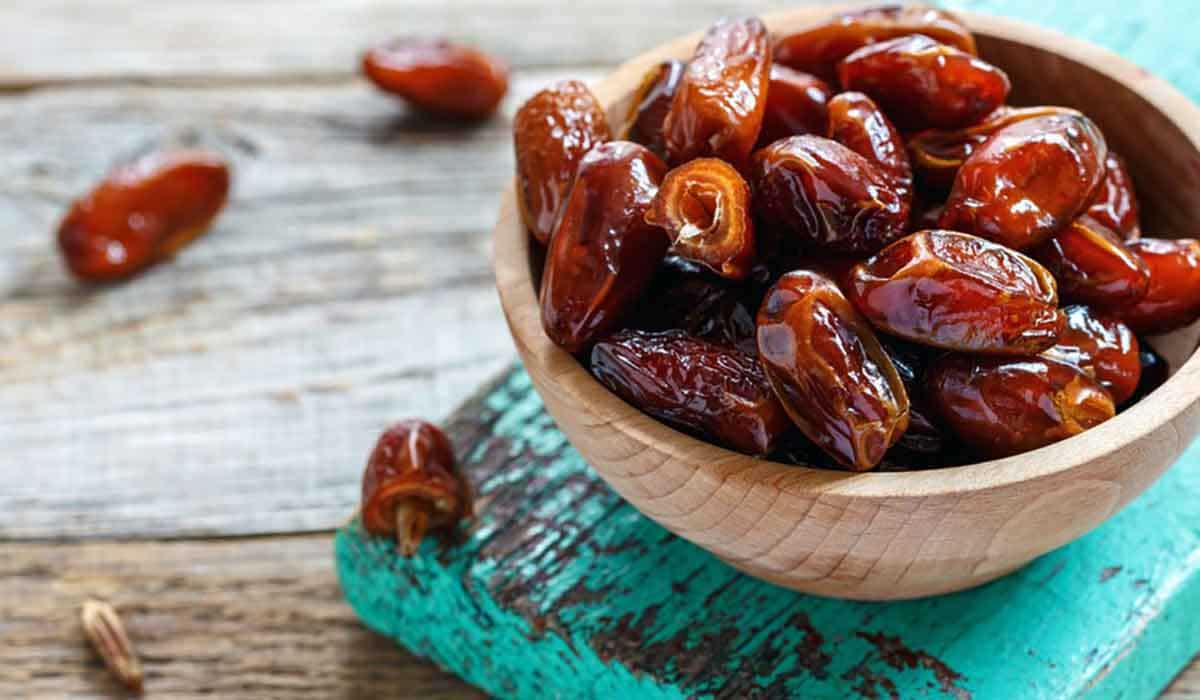 One-fifth of all flesh is made up of water, while the rest is made up of dietary fibers. Dates also include a high quantity of protein, fats, crude fiber, minerals, vitamins (especially vitamin B), and tannins. Dates can help people satisfy their dietary needs because of their high nutrient density. The seed or pit of date contains 7.7–9.7 percent oil, whereas the meat itself contains only 0.2–0.5 percent. Palmitoleic acid, oleic acid, linoleic acid, and linoleic acid are the most common unsaturated fatty acids. Date seeds can be a good source of oleic acid due to their concentration of 41.1% to 58.8%. Dates have 23 distinct amino acids, but common fruits like oranges, peaches, grapes, and apples only have a few. They also include trace amounts of vitamins A, B, C, and E, as well as nicotinic acid (niacin), thiamine (B1), riboflavin (B2), and thiamine.
One-fifth of all flesh is made up of water, while the rest is made up of dietary fibers. Dates also include a high quantity of protein, fats, crude fiber, minerals, vitamins (especially vitamin B), and tannins. Dates can help people satisfy their dietary needs because of their high nutrient density. The seed or pit of date contains 7.7–9.7 percent oil, whereas the meat itself contains only 0.2–0.5 percent. Palmitoleic acid, oleic acid, linoleic acid, and linoleic acid are the most common unsaturated fatty acids. Date seeds can be a good source of oleic acid due to their concentration of 41.1% to 58.8%. Dates have 23 distinct amino acids, but common fruits like oranges, peaches, grapes, and apples only have a few. They also include trace amounts of vitamins A, B, C, and E, as well as nicotinic acid (niacin), thiamine (B1), riboflavin (B2), and thiamine.

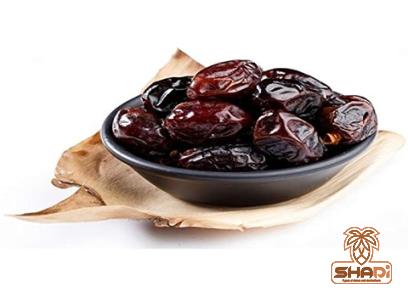
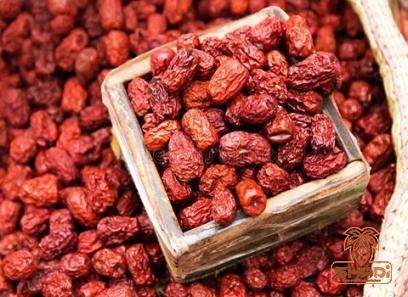

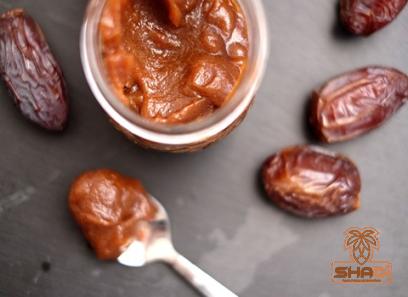

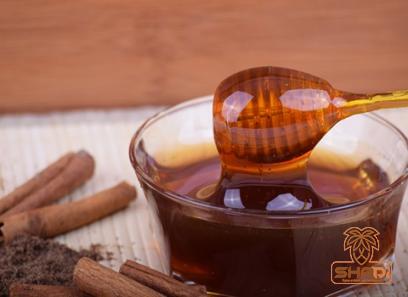
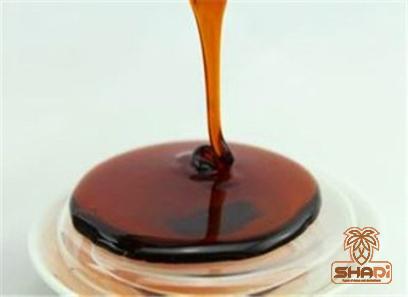

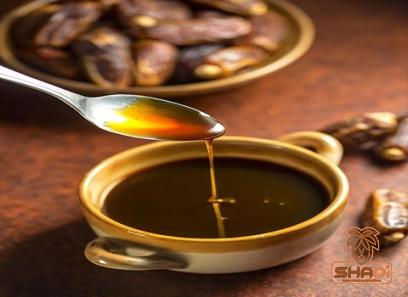
Your comment submitted.